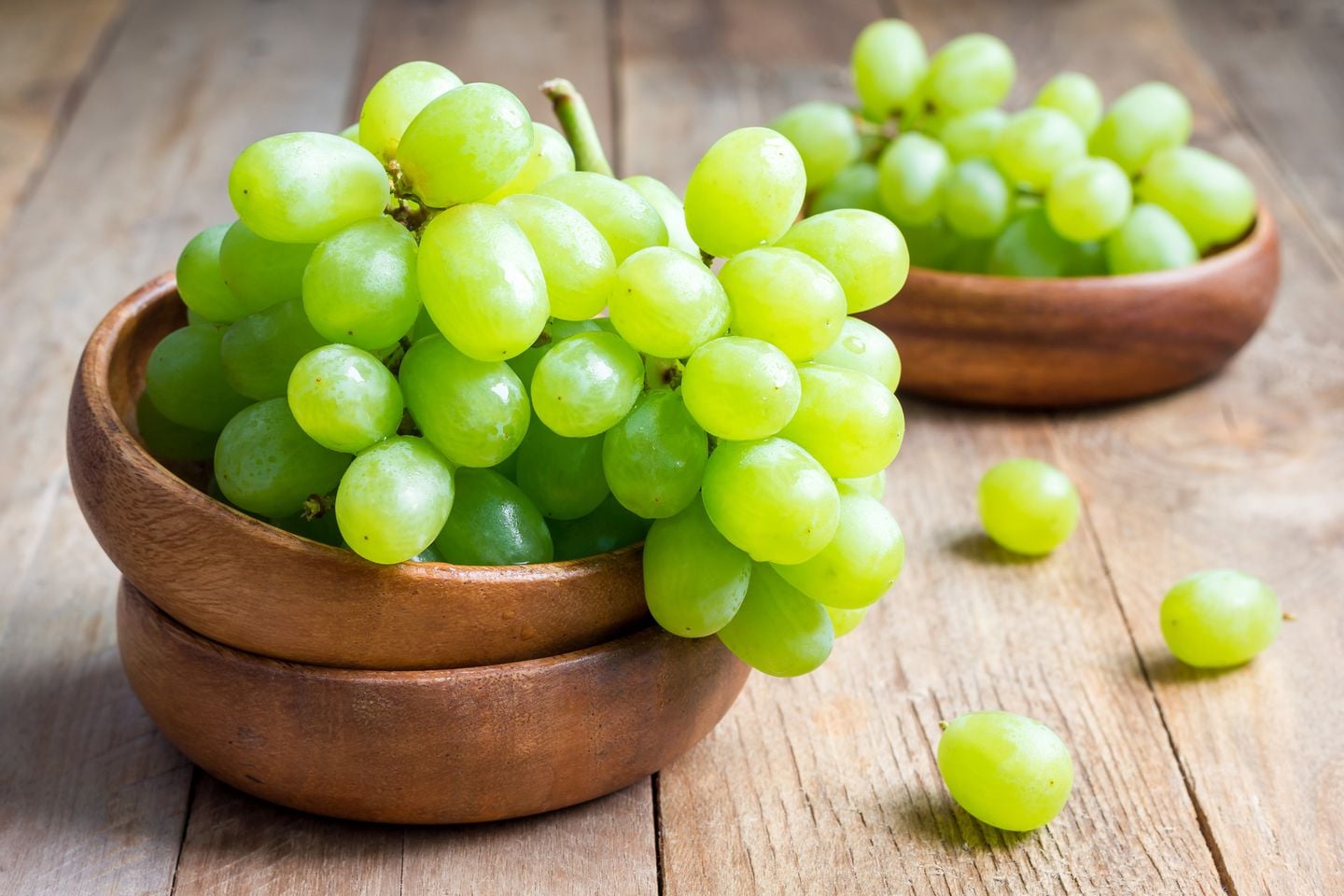In ancient times, grapes spread first in northern Africa where its cultivation extended along the Nile, on the shores of the Mediterranean, but also in northern Europe, namely Switzerland and Germany. It was not until around 600 B.C. that the Phocaeans, when creating Massila (Marseilles), brought the grapevine to Gaul. In Morocco, grapevine cultivation dates back to the Portuguese who founded the city of Mazagan in the 16th century and introduced the cultivation of grapes.
The grape can be eaten fresh or consumed in wine. The Doukkali grapevines (region of Casablanca-Settat), whose creation dates back to 1929, were intended for the production of wine. Grapes grown in Morocco have relatively loose, well-formed, homogeneous clusters with a minimum weight of 250 grams. The berries’ colour can range between red and purple, with an ellipsoidal shape and a large size that can exceed 7 g. They are pulpy, very sweet, and have a thick skin. The Doukkali grape enjoys a local and international reputation thanks to its specific taste, its firmness, and its high sugar content.
The main production regions for table vines are Doukkala, Haouz, Benslimane, Rabat-Salé, Khemisset, and Essaouira. These regions account for 71% of the total area.
For the wine grapes, most of the vineyards are concentrated in the regions of El Hajeb, Khemisset, Meknes, Gharb, and Moulouya, which cover more than 88% of the total area.
